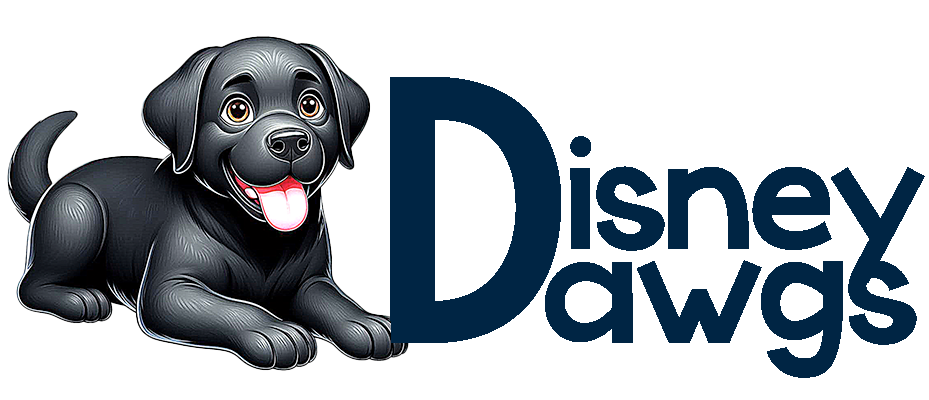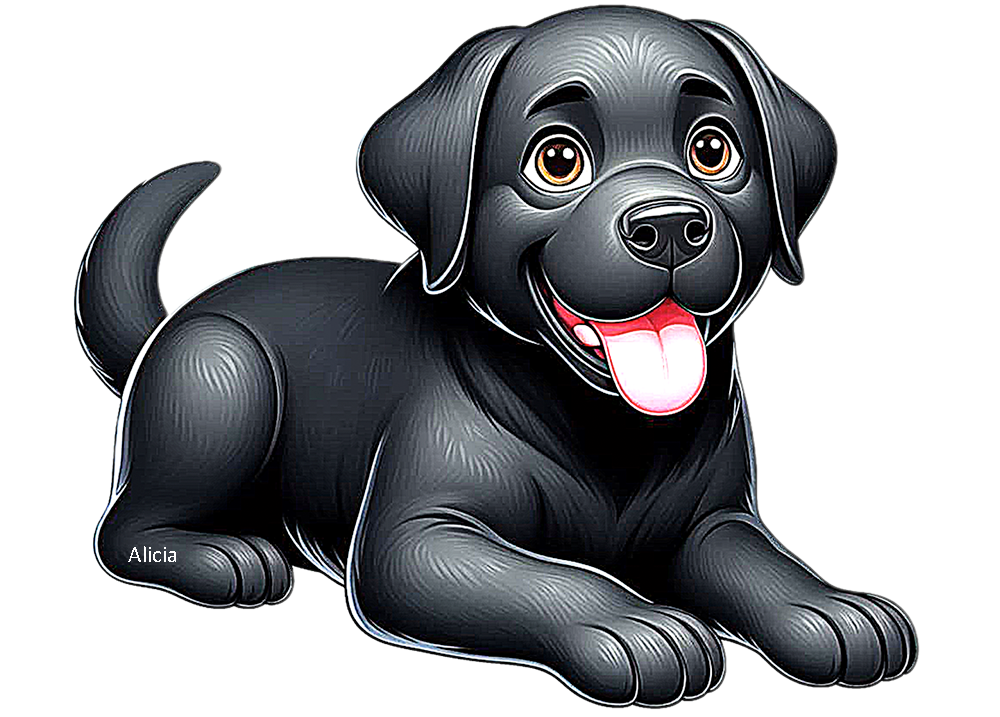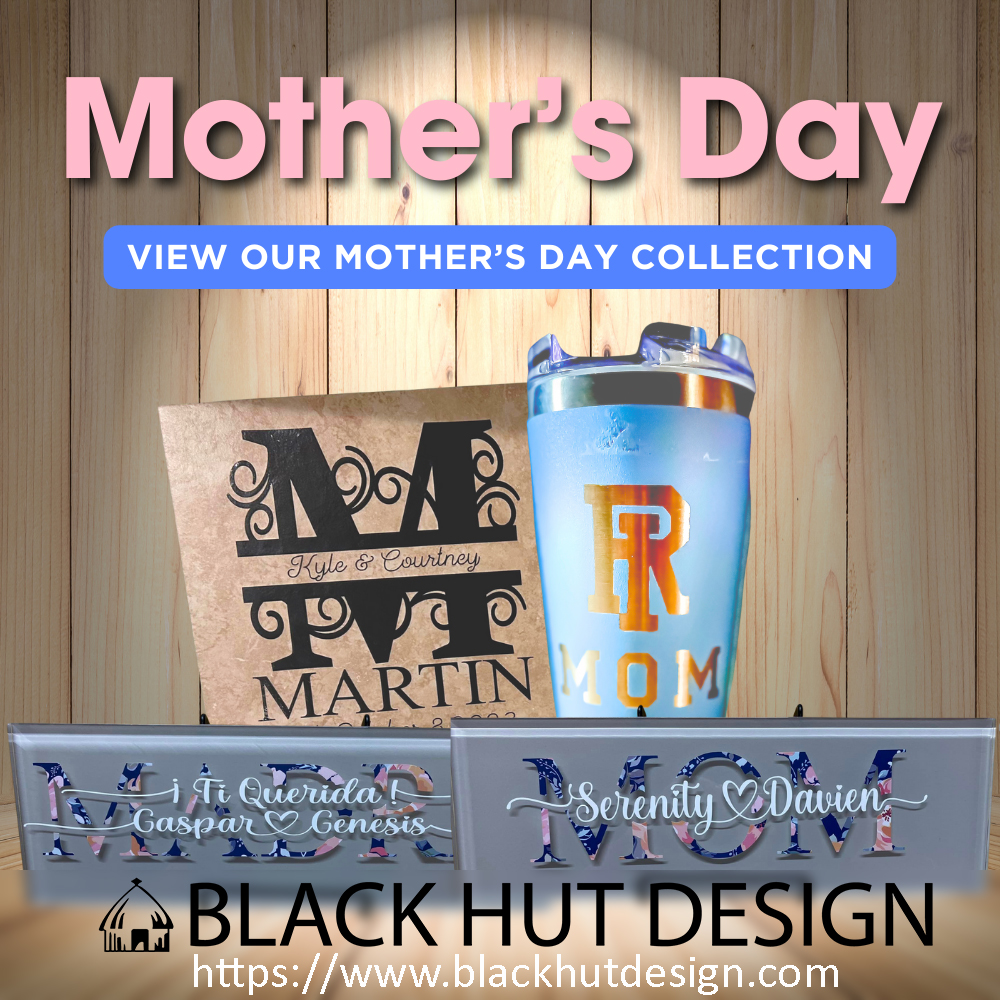Pin Terms
 Artist Proof – Artist Proof pins (or AP pins) are created during a manufacturing run to verify quality. AP pins have an AP stamped on their back. Generally 20 – 24 AP pins are made of each pin per run. Some collectors may value AP pins more than others.
Artist Proof – Artist Proof pins (or AP pins) are created during a manufacturing run to verify quality. AP pins have an AP stamped on their back. Generally 20 – 24 AP pins are made of each pin per run. Some collectors may value AP pins more than others.- Back Stamp – A pin’s back stamp contains information about the pin and can include copyright information and edition size.
- Cloisonné – A French word meaning “partitioned.” It refers to a style of pin in which the surface decoration is set in designated sections, one color at a time. Cloisonné also refers to a pin type in which crushed minerals and pigments are used to create coloring on a pin.
- Dangle Pins – Dangle pins have an extension to the base of the pin that dangles (hangs) from one or more small loops or chains.
- Die Cast – Die Cast pins are cast from brass zinc alloy using high quality hand engraved dies which create an eye-catching, three-dimensional image.
- Epoxy Coating – Epoxy coating is a glassy, opaque substance used as a decorative or protective coating. When the coating drys, it forms a smooth, glossy surface.
- Flocking – A flocked pin has an area that is fuzzy.
- Hard Enamel – Hard Enamel is sometimes called the new cloisonné. It not only retains the characteristics of classic cloisonné, but also provides a much wider selection of colors. Just as with cloisonné, each pin is hand-crafted in a process that begins with a flat piece of brass which is die-struck and then filled with enamel colors. The surface is then hand polished to give it a smooth finish.
- Lenticular – A Lenticular pin has two or more images that can change when it is tilted back and forth.
- Light-Up Pin – A Light-up pin has lights in its design that flash when activated. The Light-up element has been used less in recent years due to difficulties in battery replacement and metal corrosion.
- Pre Production/Prototype Pin – Pre Production/Prototype pins (or PP Pins) are received by product developers prior to a pin being manufactured. These pins sometimes contain different coloring, fills or features than the final production pin. The number depends on what the final product will be, as these pins may be different in size, texture, color, etc. The developers use these “test” pins to determine what the final product will be. Pin from late 2007 – now will contain a PP stamp on the back. Pins prior to late 2007 may contain a Pro Products label signifying it is a pre production pin. Some pins may contain no identification that it is a pre production pin at all.
- Scrapper Pin – A Scrapper pin is an unauthorized pin. Many of the molds Disney uses to make pins are not destroyed after the creation of its pin order, and bootlegs are created. This practice has flooded the Disney parks and secondary markets like eBay with cheap imitations, mostly of Cast lanyard pins and mystery release pins. Some are sold on eBay or found in the parks before the real pins are even released.
- Slider Pin – A Slider pin has a movable piece that slides back and forth across the base of a pin.
- Spinner Pin – A Spinner pin has a spinning mechanism that moves a piece of the pin 360 degrees.
- Soft Enamel – A soft enamel pin has the design stamped into the base metal. These pins are filled with enamel colors and baked for durability. A final clear epoxy dome is applied to protect the finish. Typically a thinner pin than cloisonné pins.
Exclusive to Disney pin trading
The following terms are specific, specialized terms relating to Disney pin trading:
- Build-A-Pin – The Build-A-Pin program was introduced in 2002 and retired in Summer 2004. Guests could personalize pins bases with character add-ons. After selecting their favorite base and add on, the pin was assembled with a special machine.
- Continuing the Pin Trading Tradition Pin – Also known as a CTT pin, these annual pins were created for guest recognition by cast members. Guests may be awarded a Continuing The Pin Trading Tradition pin for demonstrating positive Disney Pin Trading etiquette and promoting Disney Pin Trading.
- Fantasy Pin – A pin commissioned or produced by Disney pin collectors that contains similarities to Disney pins, but has not been created or endorsed by Disney. These pins are not allowed to be traded with cast members, although collectors may trade for these pins amongst themselves. From time to time, Disney will produce a pin that is very similar to a fantasy pin.
- FREE-D – Free-D stands for Fastened Rubber Element on a pin for Extra Dimension. Pins that feature Free-D elements sometimes have discoloring issues and extra precautions should be taken to make sure that the Free-D element is not dirtied.
- GWP – A GWP (Gift with Purchase) pin is a bonus pin given to guests who buy at least $25 of pin merchandise in one transaction. The Disneyland Resort designates the first Sunday of every month GWP Sunday, and has two collections each year of six pins each. The pins are often traded as lanyard fodder, and as a result they are not valuable initially. Walt Disney World has promotions where GWPs are available for $1 each with a $30 purchase. Their current promotion involves surplus Mystery Machine Pins.
- HHG – HHG, or the Hitchhiking Ghosts, are the most famous residents of the Haunted Mansion.
- HM – HM denotes either a Haunted Mansion or Hidden Mickey pin depending on the context.
- Jumbo Pins – Jumbo Pins are larger and often more intricately designed than a regular size pin; as such, the pins cost between US$20 and US$35. Featured Artist (Jumbo) Pins are currently released at DLR, while WDW released a monthly Jumbo Monorail Collection for 2008. Traditionally, Jumbo Pins were released monthly with an edition size of 750 and available for $25. Recently, Jumbo Pins have been sold in editions of 1000 for US$20 or, at the Disneyland Resort, in editions of 500 for US$35.
- Limited Edition Pins – Limited Edition pins are just that – limited. This means there will be a finite number of pins manufactured and sold. The “back stamp” (the text on the back of a pin) on the pin will list the edition size. Sometimes, a Limited Edition pin will be individually numbered meaning it will be #XXX of XXXX (depending upon edition size).
- Mickey’s Mystery Pin Machine – Debuting at Mouse Gear in Epcot at WDW in late 2007, the machines were a modified Gravity Hill arcade machine that dispensed a pin regardless of outcome. The pins were part of small collections consisting of five pins each. Although the pins originally cost $5 and were distributed randomly, remaining pins were sold as GWP pins and the Machines have now been designated as inactive and removed.[6]
- Name Pins – Name Pins are pins that have a name engraved on them, and may not be traded with cast members.[3]
- Piece of History (POH) – A Piece of History pin from the 2005 set is considered to be one of the rarest series in Disney Pin Trading. Each pin contains a minuscule piece of a prop from a WDW attraction. The first pin in the series, the 20,000 Leagues Under the Sea pin with a sliver of a porthole, has sold for over $275 on eBay. The success of the series has led to a 2006 and 2008 set and a 2009 and 2010 set for Disneyland Resort.
- Pin Trading Night (PTN) – Pin Trading Nights are monthly meetings of Disney Pin Traders at DLR, WDW, or Disneyland Paris resorts. The Pin Trading Team provides pin games and gives traders the opportunity to trade and socialize. Often, an LE pin is released to commemorate the occasion.
- Pin With Purchase/Purchase With Purchase (PWP) – Similar to GWP. except that the pin is not a “gift” but must be purchased. Typically for pins the pin price is $3.95 and a $30 purchase is required to qualify. At one time Cast Members occasionally allowed guests to combine multiple receipts (including those from Disney-owned restaurants at the resort) to reach the $30 requirement but as of 2016 this is no longer permitted; the pin must be purchased at the same time as the qualifying transaction.
- Rack Pins – Rack pins, also called Open Edition (OE) or core pins, are pins introduced and sold until they are discontinued or retired. These pins are re-ordered for up to several consecutive years. The starting retail price for these pins is typically $6.95 (for a flat pin). Depending upon the number of features on the pin (such as pin-on-pin), the retail price will increase to either $8.95 or $10.95. Some OE pins have a high secondary value, such as the Soda Pop Series pins which each go in the $20 range.
- Retired Pins – Retired (or discontinued) pins are pins that are no longer in production. Disney periodically “retires” pins so they can introduce new pins.
- RSP -The Random Selection Process is the method by which LE pins are distributed at the Pin Events. Each guest submits a form which has slots for the Limited Edition merchandise items offered. Each slot is filled in order based on pin availability. If 1000 forms were to be submitted and 50 forms had an LE 25 framed set in their first slot, the first 25 forms would be given the purchase, with the remaining 25 given the opportunity to purchase their second-slot pin. Typically, there are three rounds of the RSP process with the smaller editions being unavailable to purchase in subsequent round. RSP forms only allow a style of pin to appear once on each RSP form so that there is a better, fairer chance of each person getting one pin.
- Scrapper – An unauthorized Disney pin. These pins are literally scrap pins. Sometimes they are seconds from the factory runs, or sometimes they have errors in color, design, or the imprint on the back. Scrappers can also be the result of extra unauthorized production runs. These pins often make it onto the secondary market where they are sold, often in lots, at much lower than market price. Scrapper pins can then be traded with cast members, as cast members do not decline a trade based on suspected scrapper status. Recent Hidden Mickey pins, DLR pins especially, have flooded the market months before their initial introductions.
- Surprise or Mystery Pins – These pins usually feature a low-Limited Edition size. Typically, the back stamp will included the words “Surprise Pin”. The release of this pin happens randomly at various merchandise locations within the Disney Theme Parks and Resorts. Although Surprise pins have continued at the Disneyland Resort (as evidenced by their current Resort Sign set), WDW releases Surprise pins at PTNs rarely.


